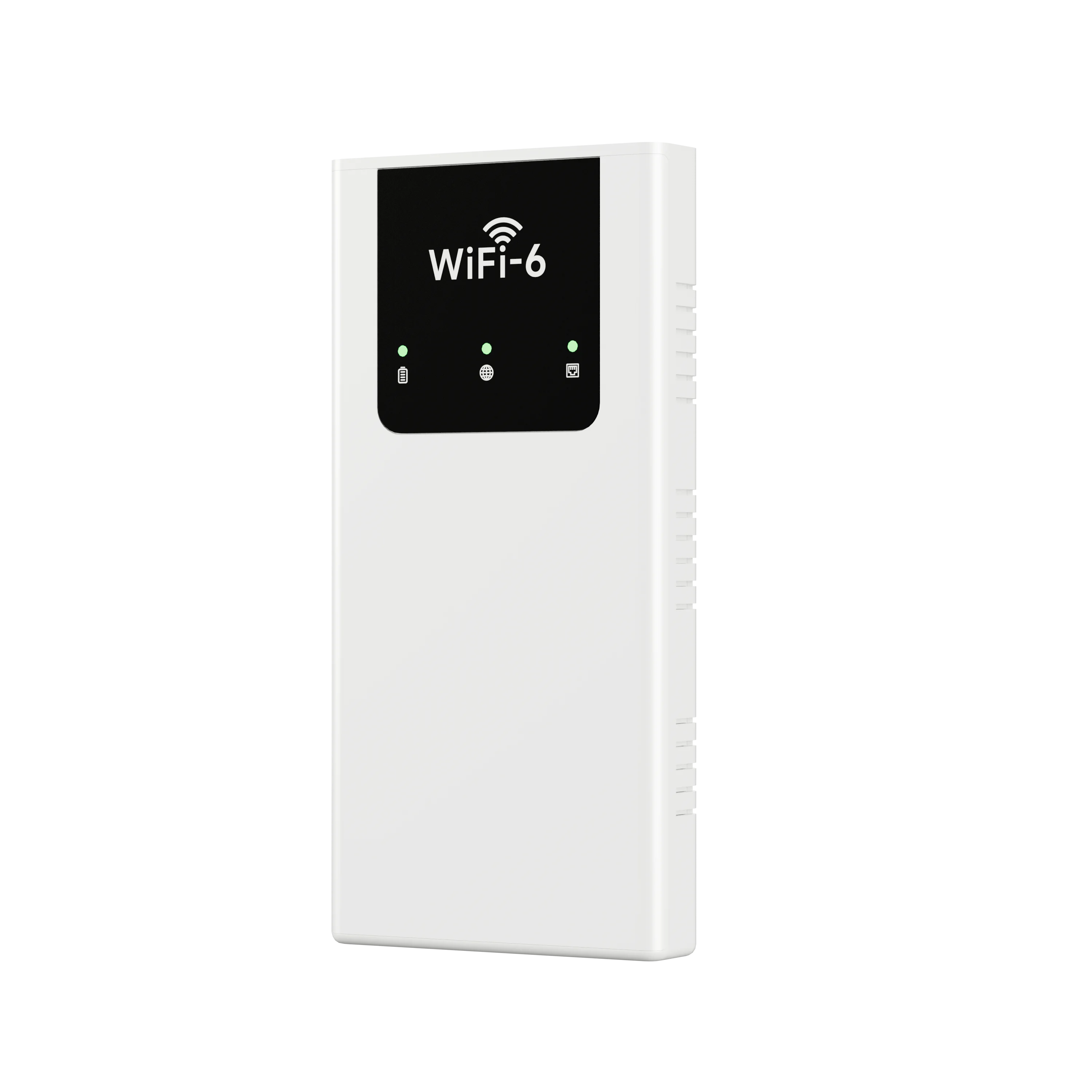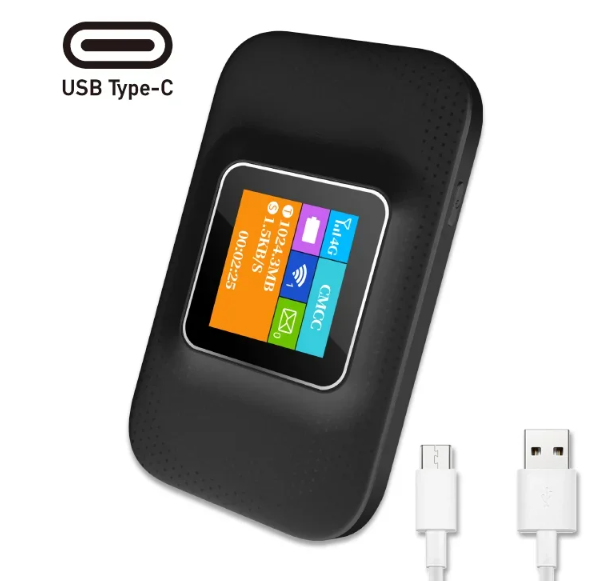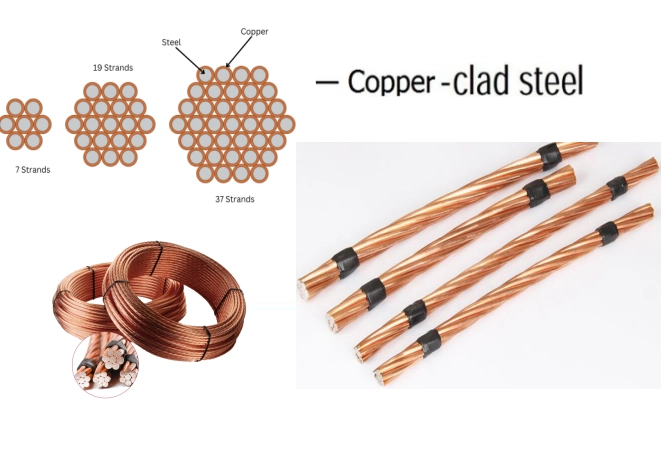When it comes to enhancing engine performance, enthusiasts and tuners often turn to boost controllers as a viable solution. But how much boost can a boost controller actually add? This question is pivotal for anyone looking to maximize their vehicle’s potential, whether for daily driving or competitive racing. In this article, we will delve into the mechanics of boost controllers, the factors influencing their effectiveness, and the potential gains they can provide.
Understanding Boost Controllers
Boost controllers are devices designed to regulate the amount of boost pressure produced by a turbocharger or supercharger. By controlling the wastegate's opening, these devices can manipulate the turbo's performance, allowing for increased power output. There are two primary types of boost controllers: manual and electronic.
- Manual Boost Controllers (MBC): These are simple devices that use a mechanical mechanism to adjust the boost pressure. They are typically less expensive and easier to install but require manual adjustments and can be less precise.
- Electronic Boost Controllers (EBC): These sophisticated devices utilize electronic sensors and actuators to control boost levels more accurately. They often come with programmable settings, allowing users to tailor boost levels for different driving conditions or performance needs.
Factors Influencing Boost Gains
The amount of boost a controller can add is influenced by several factors:
- Engine Specifications: The baseline performance of the engine plays a crucial role. Engines designed for higher performance, such as those with forged internals, can handle more boost compared to stock engines. Understanding the engine's compression ratio, fuel type, and overall design is essential for determining safe boost levels.
- Turbocharger/Supercharger Size: The size and efficiency of the forced induction system significantly impact the potential boost levels. Larger turbochargers can produce more boost but may also introduce lag, while smaller units can spool quickly but may reach their limits sooner.
- Fuel Quality: The octane rating of the fuel used directly affects how much boost can be safely added. Higher octane fuels can withstand more boost without knocking, allowing for greater power gains.
- Tuning: Proper tuning is critical when increasing boost levels. A well-tuned engine can handle higher boost pressures more effectively, maximizing performance while minimizing the risk of engine damage.
- Supporting Modifications: Upgrades such as intercoolers, exhaust systems, and intake modifications can enhance the effectiveness of a boost controller. These modifications help manage heat and airflow, allowing the engine to utilize the additional boost more efficiently.
Potential Boost Gains
The potential boost gains from a boost controller can vary widely based on the factors mentioned above. On average, a well-tuned setup with a boost controller can yield an increase of 1-5 psi over stock levels. However, in some cases, particularly with high-performance builds, gains of 10 psi or more are achievable.
For example, a stock turbocharged engine may produce around 10 psi of boost. With the installation of an electronic boost controller and proper tuning, it may be possible to safely increase that to 15-20 psi, translating to a significant power increase—often in the range of 30-50% more horsepower, depending on the engine's capabilities and supporting modifications.
Risks and Considerations
While boost controllers can provide substantial performance gains, they also come with risks. Increasing boost levels without adequate supporting modifications or tuning can lead to engine knock, overheating, and ultimately catastrophic engine failure. Therefore, it is crucial to approach boost modifications with caution and to consult with professionals who understand the intricacies of forced induction systems.
Conclusion
In summary, the question of how much boost a boost controller can add is multifaceted and depends on various factors, including engine specifications, turbocharger size, fuel quality, and tuning. While the potential for increased power is significant, it is essential to balance performance gains with reliability and safety. For those willing to invest in the necessary modifications and tuning, a boost controller can be a powerful tool in unlocking the full potential of an engine, transforming a standard vehicle into a high-performance machine.


